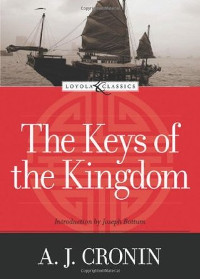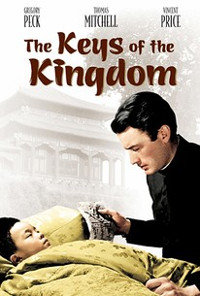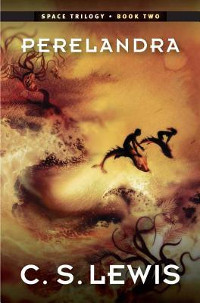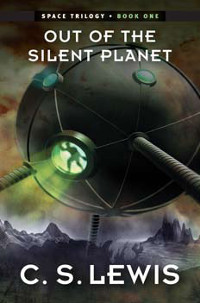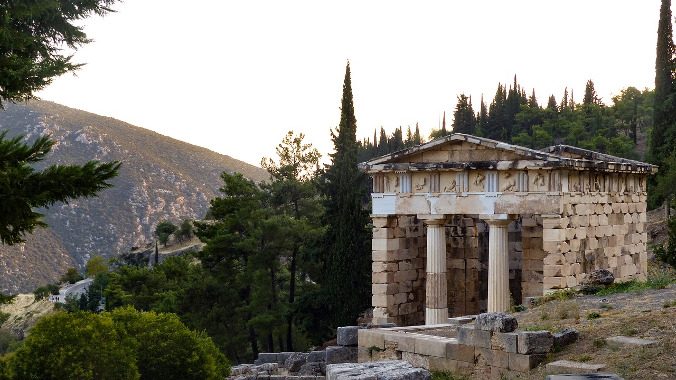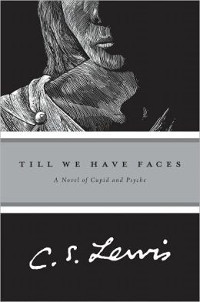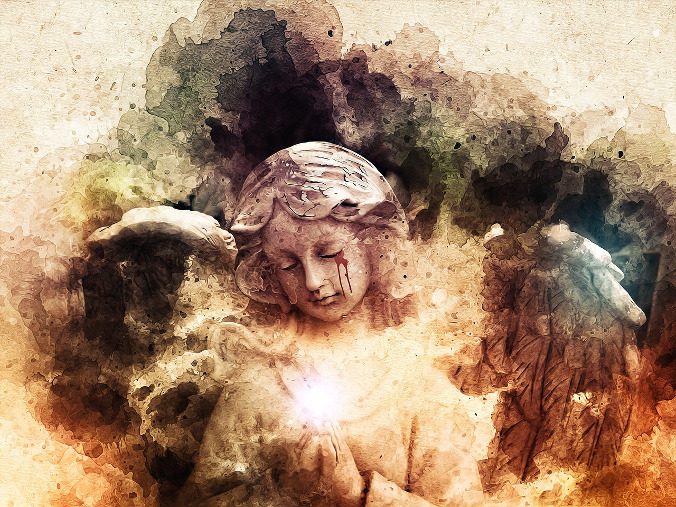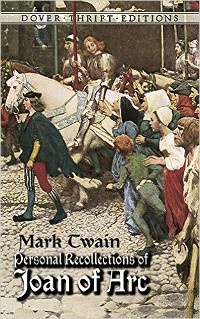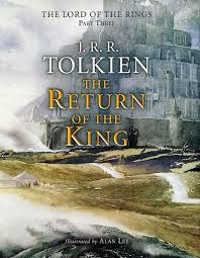Ben-Hur: A Tale of the Christ, by Lew Wallace (American classic, Biblical)
“In first century Judaea, Jewish prince Judah Ben-Hur is betrayed by his childhood friend Messala and sentenced to life as a Roman slave. When, during a pirate attack in the Aegean, Ben-Hur saves the life of a galley commander, his fortunes improve and he returns to Galilee a free man. There, his quest for vengeance turns into insurrection, but his life is transformed when he witnesses Christ’s baptism by John the Baptist.”

When I was a child, one of the three big television networks in the U.S. ran the film Ben-Hur [1959] every year around Easter. In those days, the only way to watch a motion picture was to see it in a theater when it came out or watch it on network television. There was no streaming. There were no DVDs. There was no cable TV. There weren’t even video cassettes! When one of the networks broadcast a major motion picture like Ben-Hur, it was a big deal. Families like mine made arrangements to watch it, because if they didn’t, they wouldn’t get the chance to see it again for another year.
Because of that, the movie Ben-Hur not only became a part of my Easter tradition, it became ingrained in my consciousness. I loved this film as a child, and I still love it as an adult. It should be no surprise, then, that shortly after I became a part of the Great Books Group, I suggested that we read Ben-Hur: A Tale of the Christ. Imagine my own surprise at the time when, after reading a good part of the book, I realized that I didn’t care for it enough to even finish it.
Continue reading


